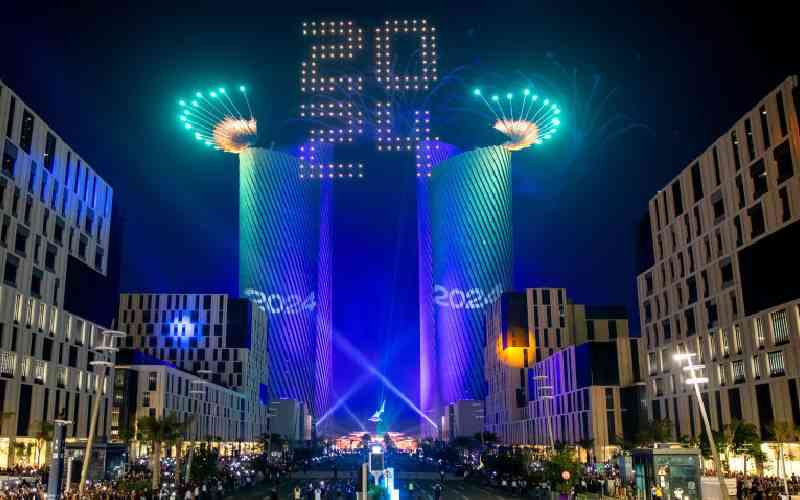×
The Standard e-Paper
Join Thousands of Readers

While crossing into a new year is a one-second event: from midnight to New Year, it actually takes 26 hours every year for the whole world to officially cross into a new year.
On Sunday, December 31, at 1pm, Kenyans were still far from celebrating New Year's day yet in Kiritimati, part of the Pacific island nation of Kiribati, the people were already popping their fireworks, becoming the first country in the world to see 2024.